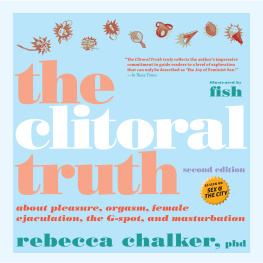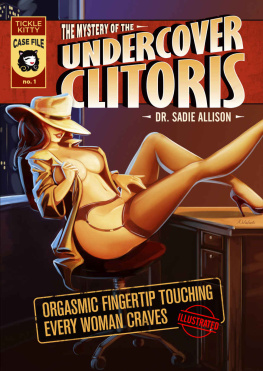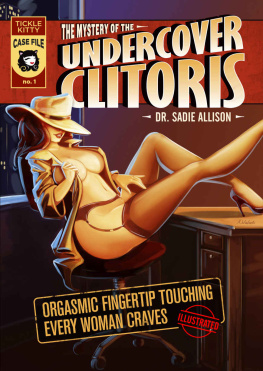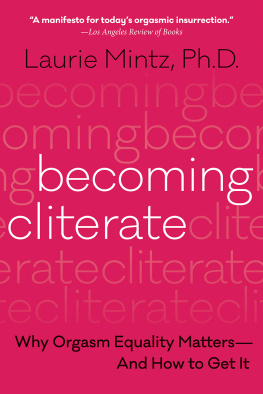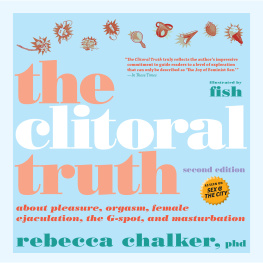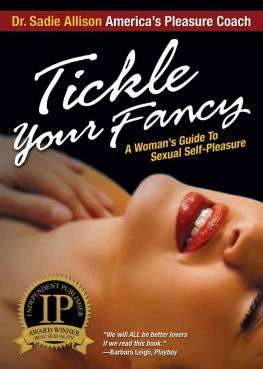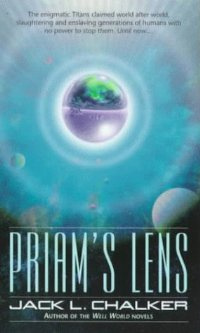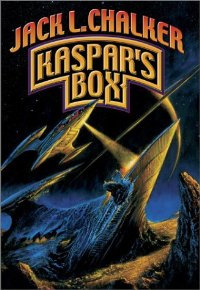F irst of all, eternal gratitude to my sisters and colleagues at the Federation of Feminist Womens Health Centers, past and present, for their dramatic reinterpretation of how we define the clitoris, which began my own long and interesting journey to this book. I also thank them for their unflagging dedication to womens reproductive health, and their long and mostly unacknowledged stand on the front lines, fighting against the anti-abortion war. Sisters, salud!
Id like to thank my publisher, Dan Simon at Seven Stories Press, for his initial interest in a book called The Clitoral Truth, and Id like to thank him and operations director Jon Gilbert for keeping it in print for seventeen years. For a small book, this is publishing gold! Much of the new material in this edition evolved from research related to teaching womens and gender Studies classes at Pace University. I want to thank Karla Jay, founder of the department, who hired me to teach A Cultural History of Sexualities from Prehistory to the Present in 2000, and my long time amazing friend, Chair Nancy Reagin, for letting me develop and teach courses on what I call Hot Button Issues in Sexuality, Job Opportunities in Sexuality Education and Reproductive Justice in the Nonprofit Sector, and Lesbians in Literature and Film. Finally, Id like to thank my family, because they have supported me with unconditional love even though they are somewhat mystified by what I have chosen to do.
INTRODUCTION
As I continued my interest in sexuality and its history, a question dogged me: If the extent and power of the clitoris as highlighted by the Feminist Womens Health Centers was correct, how did this information get lost? If I could name one book that was the most illuminating, it would be Thomas Laqueurs Making Sex: The Body and Gender from the Greeks to Freud.they still doing it in the nineteenth century? No one knew the answer to this extremely baffling question, so Laqueur decided to get to the bottom of it and documented how womens genitalsthe glans or tip of the clitoris and its multiple associated partshad been variously definedsocially constructedover the past two millennia by the ancient Greeks, medieval Arab scholars, the great Renaissance anatomists, the philosophes of the eighteenth-century Enlightenment, and finally, by Freud and the Victorians. Making Sex assured me that the FFWHCs redefinition of the clitoris was anatomically correct, and it greatly enhanced my study of sexualities, past and present.
The task of transforming the male-centered model of sexuality and developing a more equitable ideal is a challenging endeavor. It requires, in part, reclaiming information about womens bodies and sexual response that has been lost or ignored under the antique phallocentric model. It also demands a broader understanding of what sexuality is and isnt, that it isnt just mood, body parts, revealing underwear, and orgasms. Its a part of who we are as sentient human beings, and it varies from person to person, culture to culture. Constructing a new model requires a thorough evaluation of the psychological, social, and biological facets of sexuality.
While the larger part of sexuality is certainly psychological, The Clitoral Truth focuses on the physical aspects of pleasure. The text and illustrations are designed to give women and their partners information, tools, resources, and ideas about how to understand and expand their sexual interests and potential. To create a more equitable framework for the physical elements of sexuality, men must modify their socialized model of stimulation-erection-ejaculation, which works very well for them, but has been shown in study after study to be far less effective for women. The key is that men must be willing to learn some degree of ejaculatory control. Perhaps the biggest step in constructing a new vision of sexuality is for women to develop a stronger sense of themselves as independent sexual beings and assume a sense of sexual agency that has for so long been solely the birthright of men.
This is not a relationship book, although many relationships may be sexually enlivened and deepened through use of the information it provides. It is a book about our physical bodies and the significant part they play in the larger constructs of sexuality.
Since the majority of women relate to men sexually, and many of their sexual problems are the result of a deficit of male knowledge about womens sexuality, The Clitoral Truth is primarily focused on heterosexual womens sexuality. However, most of the material is relevant to lesbians, bisexuals and even transwomen and transmen, as I have made efforts to include information that is useful and relevant to everyone, regardless of gender identity or orientation. This may also enable women to educate their male partners.
and conceptualize how these parts work together and their potential for enhancing pleasure and orgasm.
, The Clitoral Truth About the G-Spot and Female Ejaculation, describes the urethral sponge, an anatomical feature that has been mischaracterized as the G-Spot, and details its precise structure and function. It then explains how the idea of a little spot that could cause instantaneous orgasms got started, and why this concept, now deeply embedded in the culture, has caused so much confusion. It then explores the mechanics of female ejaculation and answers the many questions that women have about what is still considered by many a somewhat controversial phenomenon.
, The Mysteries of Pleasure and Orgasm, explores the conundrum of why all women dont orgasm as routinely as all men do. We take a look at the brain/body connection and the how the multiple parts of the clitoral network work to create pleasure and orgasm. I frequently use the phrase pleasure and orgasm because its clear that not all sexual events, either masturbation or partner sex, end in orgasm, nor do they need to in order to be valid and rewarding experiences.

